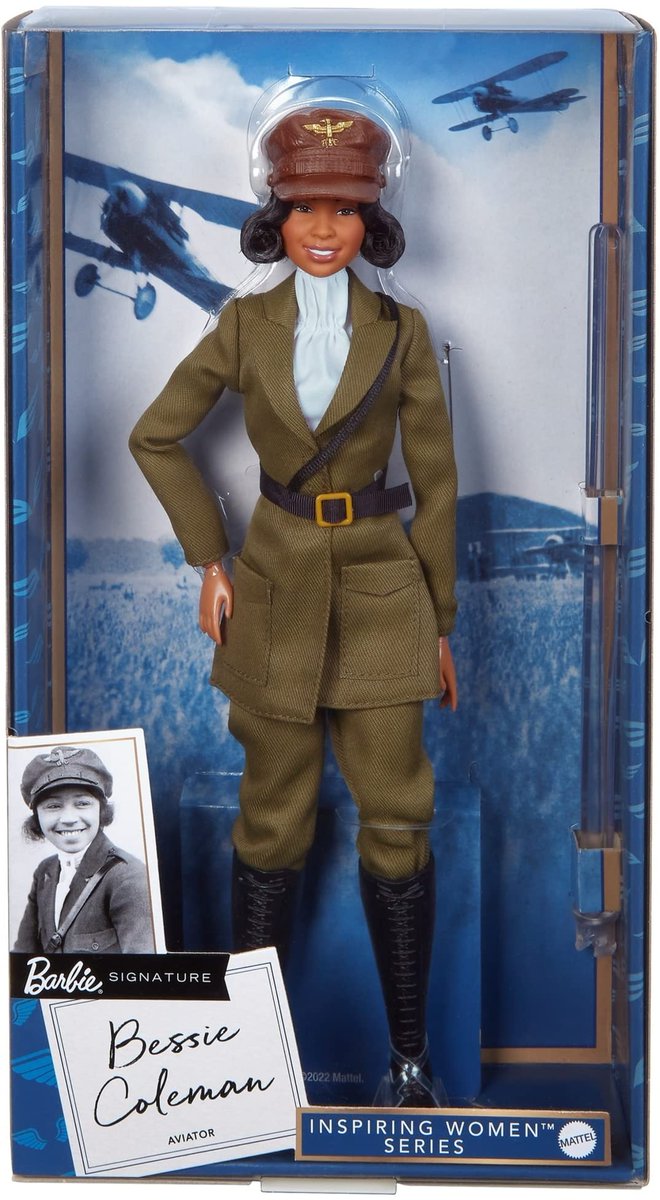Historical Barbie thread! Let's dive into the 1920s, which doesn't have too many official Barbies, but the ones it does have might just be the bee's knees. First up: "Flapper Barbie" from the early 90s "Great Eras" series. 

Next up is "Dance Until Dawn," the 1920s doll for the "Great Fashions of the 20th Century" series from 1997-2000. I think she'd look better without the boa.




I'm not a fan of porcelain Barbies, but the "Charlestone" Barbie from Bob Mackie's late 90s/early 00s "Celebration of Dance" series is pretty cute.




Next up is Holiday Voyage Barbie, which was a Hallmark exclusive from 1997. If you're ever looking for historical inspired Barbies from the 90s, the Hallmark dolls are a great choice for some pretty ones.




Next up is a fashion outfit, not a full doll, from the Italian "Gioco con la Moda" magazine series. The series was released as a magazine (which, at least in the beginning, had set/play pieces) that came with a fashion from a certain era. Second image: https://t.co/5cO1QXkppFtinyurl.com/4hs9w5bw




And finally, the next three dolls are all from the Harlem Theatre Collection, which celebrated the 1920s-era of the Harlem Theatre. First up: Claudette Gordon Barbie. 

Madam Lavania, also from the Harlem Theatre Collection. This doll was the first Collector/Signature doll with the new "curvy" body, and the first "curvy" Barbie doll to be articulated. 

And the last entry in the Harlem Theatre series is Selma DuPar James, an artist doll who comes with a portrait of Claudette from the same series. Love that detail.




I think that is it for official Barbies with the 1920s look. I don't think there are any Inspiring Women dolls yet that feature women in the 1920s, but I haven't been keeping up with the series and it's surprisingly harder to find guides for the newer collections than older!
Aha! Found an Inspiring Women doll inspired by the 1920s that didn't think of last night: Bessie Coleman!




• • •
Missing some Tweet in this thread? You can try to
force a refresh























